Crazy Europe: House of Habsburg
-
A good reference can be found in the abundant Italian depictions of the sea battles with the Turks, in the XVI century. You can pick one of the flags in them; the most common symbol for the Turks is the crescent, not really the star; background I would have just whatever colour you are going to use for the Turks, in game:
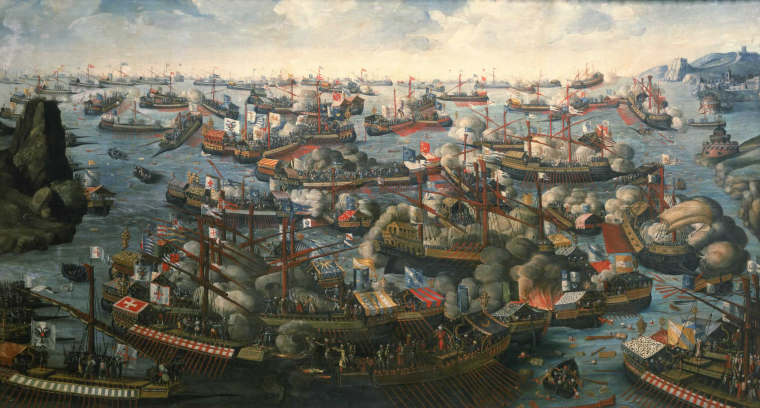
-
@frostion Using the pike effectively as a close combat anti-infantry weapon, and also charging with it through any king of terrains, require a lot of training, like in the case of the Swiss Pikemen; from 1600 onwards, pikemen tended to be just dudes with a long pointy stick to plant on the ground against cavalry charges on the fellow musketeers, and paid much less than the Swiss.
-
"ISLAM emerged in Arabia where travel along the desert trade routes was largely by night, and navigation depended upon the position of the moon and stars. The moon thus represents the guidance of God on the path through life. The device seems to have entered Islam via the Seljuk Turks who dominated Anatolia in the 12th century, and was widely used by their successors, the Ottoman Turks, who eventually became the principal Islamic nation, and whose Sultan held the title of Caliph until 1922." (William G Crampton). So, just a gold crescent moon in a red circle could be sufficient as the star was added in the 19th Century. (The virgin posing upon a crescent moon symbolize the defeat in Spain of Muslims in Al-Andouls, although the moon since Mesopotamia has symbolize the feminine side as the sun the masculine side).
-
@raville I don't think there is any solid evidence that the Seljuk Turks used the moons as a favourite symbol.
-
Thanks for the help. Seems as though the crescent moon is the way to go.
I shall await guidance from the Holy Roman Emperor himself before committing to a design.
-
@Cernel It said: seems, in that quote by William G Crampton, Director of the Flag Institute, Chester; but need a research to be confirmed.
-
@raville I actually don't think that exist one single case or one single picture of the Seljuk Turks showing a crescent, in the XII century or before, but I'm not sure.
-
@Hepps and @CrazyG
Let me help out with a Danish flag that could match the orange color. Here are some examples. It is the coat of arms of Denmark-Norway.
https://en.wikipedia.org/wiki/Denmark–Norway
Acceptable? You could modify it if needed.
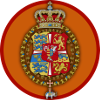
0_1520363218897_Denmark_flag.zip -
@Cernel Importance of Moon and Star Moon were sacred things for Byzantion times before Roman Empire occupied the city. Image of a Byzantine coin (1st century) with a bust of Artemis on the obverse and an eight-rayed star within a crescent on the reverse side. As The Ottomans ended the Byzantine Empire with the 1453 conquest of Constantinople, maybe choose this symbol related to the moon in the Arabian Desert (needed a particular research).
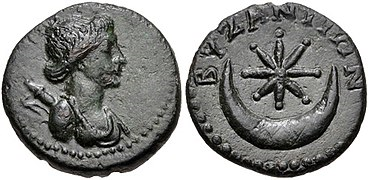
-
@Hepps I found this Coat of Arms of the Holy Roman Empire Imperial Banner 1400-1806, maybe good if the Emperor approves it.
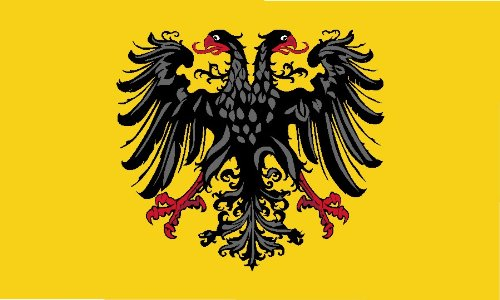
-
When reading about the weapons of the time, I got the impression that there were two distinct things going on. You had the older professional armies, soldiers using skills such as archery or horse riding that took a long time to learn. This was contrasted with weapons that required very little training, like pikes or crossbows. They weren't necessarily stronger, but they were strong relative to the resource investment. So I wanted villages to recruit units that were weak but still useful. Then you build professional soldiers that are far more cost effective in cities, like cavalry or cannons.
Lets just use the commonly seen crescent for the Ottomans
I just don't see a need to add a winter connection from Sweden to Finland. I don't want special rules for just one territory
I can give holstein to Denmark
-
@crazyg said in Crazy Europe: House of Habsburg:
They weren't necessarily stronger, but they were strong relative to the resource investment.
Indeed. The only reason all of ancient/medieval battles weren't fought by massed archer armies on both sides is that archery required a life-long training, bows crafted with high skill from rare wood etc. In England, for example, everyone was required to practice archery, and all yew trees (of which longbow was made) in England are the property of the queen to this day. Longbowmen trained for decades, and their bodies were distorted from the incredible strength needed to draw it. The only reason the English could field their longbowmen is because their culture was designed specifically to make that possible. Those that could do that (the English and the Persians, mostly) used it to a devastating effect.
In comparison, a musket is mind-boggingly inaccurate and its firerate is a fraction of that of the longbow (it does penetrate plate armor though, which no bow or crossbow can, short of siege-level crossbows). But it's just way easier to equip an army with muskets.
-
@alkexr Foot archery itself is something easy to learn that also nowadays can be learned and practiced effectively with some training, but most people would not be able to shoot a late medieval English warbow, because it was very stiff, and a lot of training was needed to build up the muscles and the technic to use it, due to the very high drawstrenght. This is mostly what you already said; just wanted to point out that it is not archery itself that it is that difficult (you can learn it fairly easy, with an easy to use bow), but using those very stiff bows was the challenge.
Great care was taken in making bows, but they were still one of the cheapest choice of weapon (much cheaper than crossbows). -
@crazyg said in Crazy Europe: House of Habsburg:
When reading about the weapons of the time, I got the impression that there were two distinct things going on. You had the older professional armies, soldiers using skills such as archery or horse riding that took a long time to learn. This was contrasted with weapons that required very little training, like pikes or crossbows.
By 1550 onwards bows / crossbows were not anymore used in significant numbers by the central players of your game (Habsburg, France, Italian States), in any case.
What spelled the end for the crossbow was the invention of the musket, that made firearms just too good.
The English and others just took some more time to realise and accept it (when having strong archer traditions).https://en.wikipedia.org/wiki/Franc-archer
In 1485 the franc-archer system was re-established and they were employed again in the Flanders campaign of the Mad War under Esquerdes.
During the Italian Wars, the francs-archers were primarily used for frontier defense. In May 1513 Louis XII raised 22,000 of them for such a purpose. They occasionally served in the field during campaigns such as in 1522 and 1523. They were levied for the last time after the French defeat at Pavia. The francs-archers were definitively disbanded in 1535. -
I'll add that, while the musket (in widespread use since about 1540) made the crossbow immediately obsolete, the bow was not ended right away, as the much higher rate of shooting made the matter not so obvious, but it didn't take long to realise its time was over too.
-
-
@general_zod Bows would make more sense than crossbows, or, rather, crossbows would make less sense than bows. The Ottomans were still using bows a lot, also in naval battles (and this is one of the reasons they got their asses kicked at Lepanto).
-
@cernel Perhaps that's accurate, but I'm also looking at it from the another perspective. One that I think @CrazyG had in mind per his comments upon introduction either in this post or another. Something about keeping it very simple yet have an engaging depth. Or maybe that's just something I would like to see for a multi, hehe ;). Imo, to keep the map multi friendly extra scrub units are not needed to slow the game down. At least that's my impression thus far, after my initial game .
-
Did a little work on some of the visuals while working on and playing with the map.
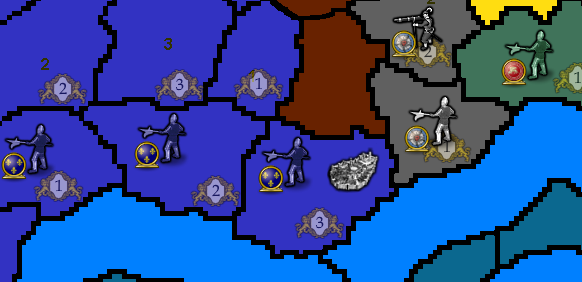
- New City unit (Tried to keep the style in-line with the existing units)
- New PU icon
- New large national unit icon
-
@crazyg Considering how much this map is detailed, I think this is a good opportunity of adding more islands in the Aegean. Definitely, I would have the Cyclades (all represented as a single territory). For the Sporades, that cannot be a single territory, Lesbos is bigger than Rhodes (Rhodes is more important to have, but I think here we can have Lesbos too). Moreover, it seems natural to me, at this scope, having Negroponte, but, of course, land connected to Athens (so, practically, not an island, map wise).
Looking at the other side, I would add, either, the Ionian Islands or Cephalonia (representing all Ionian Islands).
